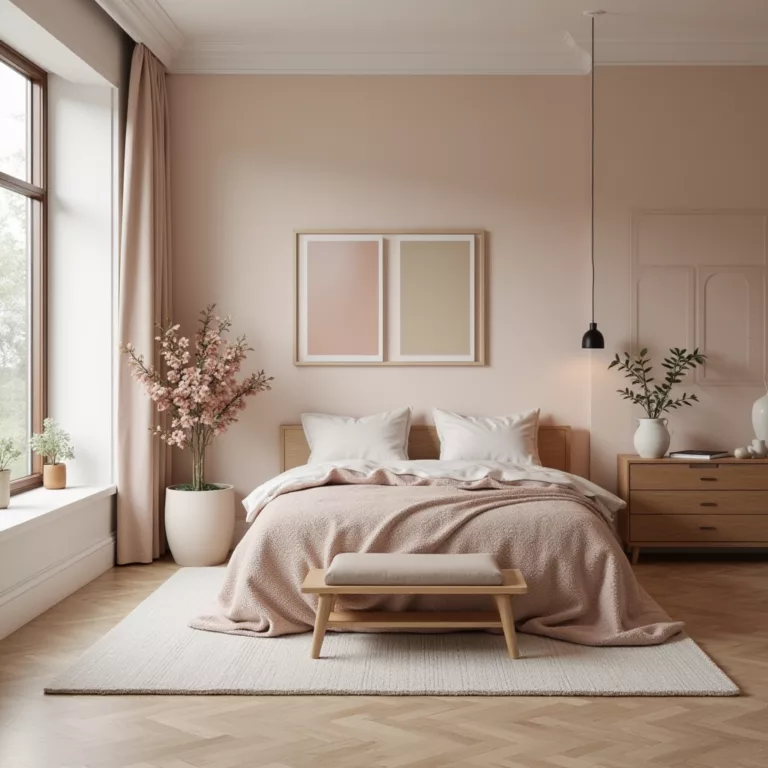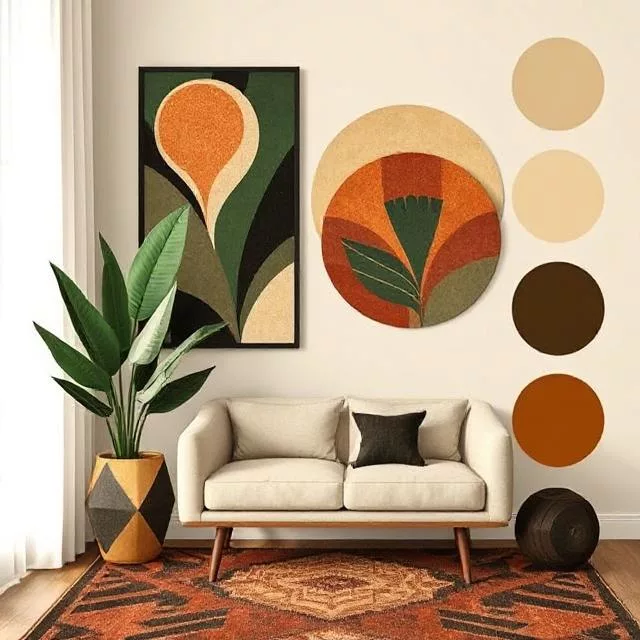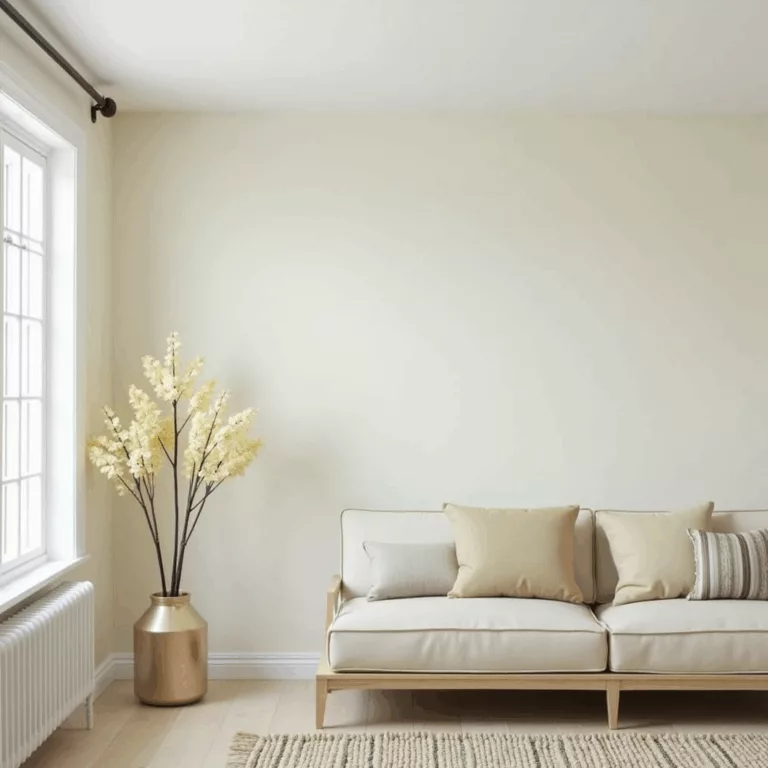The Best Neutral Colors for Small and Large Spaces
Introduction
When it comes to interior design, choosing the right colors can make all the difference in how a space looks and feels. Neutral colors, in particular, play a crucial role in setting the tone for both small and large spaces. They offer versatility, elegance, and a timeless appeal that can make a home feel warm, sophisticated, or even expansive. At Art11deco, we understand the importance of selecting the right shades to create a balanced and aesthetically pleasing environment. In this comprehensive guide, we will explore the best neutral colors for different room sizes, their psychological effects, and expert tips on how to use them effectively.
Why Choose Neutral Colors?
Neutral colors serve as the foundation for many interior design styles. Whether you prefer a minimalist, rustic, modern, or classic look, neutrals provide a versatile backdrop that can be easily adapted with furniture, decor, and lighting. Here’s why neutral colors are a top choice:
- Timeless Appeal: Unlike trendy colors, neutral shades never go out of style.
- Easy Coordination: They blend effortlessly with a variety of textures, materials, and accent colors.
- Creates a Sense of Space: Light neutrals make small rooms feel larger, while darker neutrals add coziness to spacious areas.
- Enhances Natural Light: Lighter shades reflect light, brightening up rooms with limited sunlight.
- Psychological Benefits: Certain neutral tones evoke feelings of calmness, warmth, and sophistication.
Best Neutral Colors for Small Spaces
When designing a small space, the goal is to create an open, airy, and visually spacious environment. The right neutral colors can make a compact room feel bigger and more inviting.
1. Soft Whites
- Examples: Pure White, Swiss Coffee, Cloud White
- Why It Works: White walls reflect light, creating an illusion of a larger space. Soft whites add warmth and prevent the room from feeling too stark.
- Best Used In: Small bedrooms, bathrooms, kitchens, and hallways.
2. Light Grays
- Examples: Repose Gray, Agreeable Gray, Stonington Gray
- Why It Works: Gray offers a sophisticated alternative to white while maintaining a spacious feel. It pairs beautifully with wooden furniture and metallic accents.
- Best Used In: Living rooms, offices, and compact apartments.
3. Warm Beiges
- Examples: Accessible Beige, Edgecomb Gray, Natural Linen
- Why It Works: Beige brings warmth and coziness without making a small room feel enclosed. It works well with both modern and traditional decor.
- Best Used In: Bedrooms, entryways, and small dining areas.
4. Pale Blues & Greens
- Examples: Sea Salt, Silver Strand, Palladian Blue
- Why It Works: These cool-toned neutrals introduce a sense of serenity and airiness, perfect for small spaces that need a calming effect.
- Best Used In: Bathrooms, nurseries, and cozy reading nooks.
Best Neutral Colors for Large Spaces
In larger spaces, the challenge is often about maintaining warmth and preventing the room from feeling too vast or impersonal. The right neutral shades can create a sense of intimacy and harmony.
1. Rich Taupe & Greige
- Examples: Perfect Greige, Anew Gray, Balanced Beige
- Why It Works: Taupe and greige (a blend of gray and beige) add depth to large rooms without overwhelming them. These tones work well in both natural and artificial light.
- Best Used In: Open-concept living rooms, large dining areas, and loft spaces.
2. Deep Charcoal & Warm Browns
- Examples: Iron Ore, Urbane Bronze, Wenge
- Why It Works: Dark neutrals create a cozy, dramatic effect in large rooms, making them feel more inviting and stylish.
- Best Used In: High-ceilinged spaces, media rooms, and grand entryways.
3. Muted Earth Tones
- Examples: Clay Beige, Nomadic Desert, Pashmina
- Why It Works: These colors add a natural, organic feel to large spaces, making them warm and welcoming.
- Best Used In: Family rooms, libraries, and sunrooms.
4. Subtle Warm Whites
- Examples: Alabaster, White Dove, Chantilly Lace
- Why It Works: Soft whites bring brightness to large spaces while maintaining a cozy, elegant atmosphere.
- Best Used In: Open-plan kitchens, modern living rooms, and spacious hallways.
How to Use Neutral Colors Effectively
1. Layering Tones
Using a combination of light and dark neutrals can add dimension and prevent a space from looking flat.
2. Adding Texture
Incorporate textures like wood, stone, linen, and metal to enhance the depth of neutral spaces.
3. Accent Colors & Decor
Introduce pops of color through artwork, throw pillows, and plants to complement neutral backgrounds.
4. Playing with Lighting
Consider natural and artificial lighting when choosing neutral shades, as different lights can affect how a color appears.
5. Choosing the Right Finish
- Matte & Eggshell: Best for walls to create a soft, elegant look.
- Satin & Semi-Gloss: Ideal for high-traffic areas like kitchens and bathrooms.
Conclusion
Neutral colors are a powerful tool in interior design, offering both aesthetic appeal and functional benefits. Whether you’re working with a small space that needs to feel more open or a large space that requires warmth and depth, the right neutral tones can transform your environment beautifully. At Art11deco, we believe that choosing the right shades is an art form in itself. By understanding color psychology, room size considerations, and expert layering techniques, you can create a harmonious and timeless home that reflects your personal style.
Are you looking for professional advice on selecting the best neutral colors for your home? Stay inspired with more tips from Art11deco, and start your journey toward a beautifully curated space today!
Art11deco







